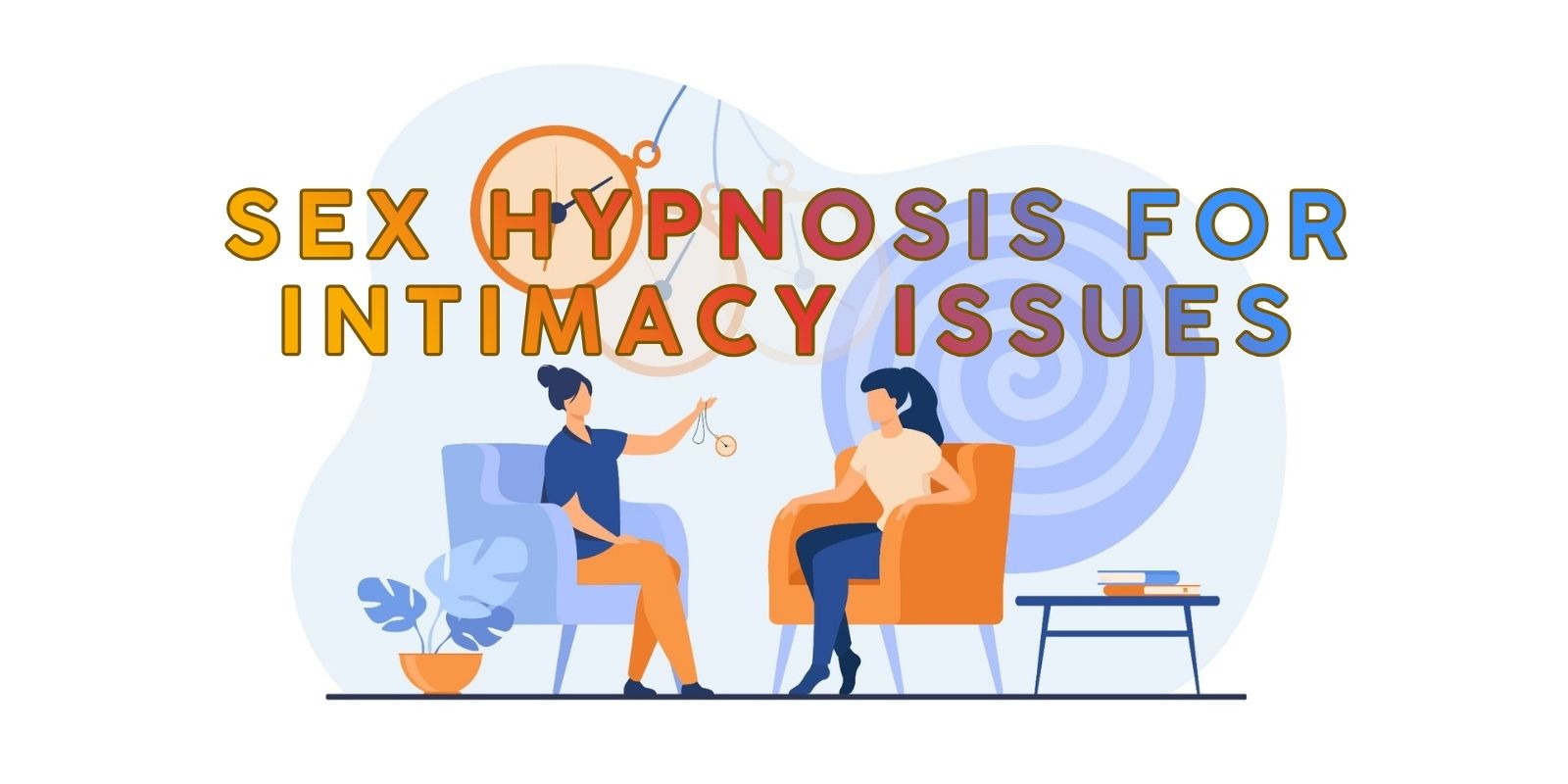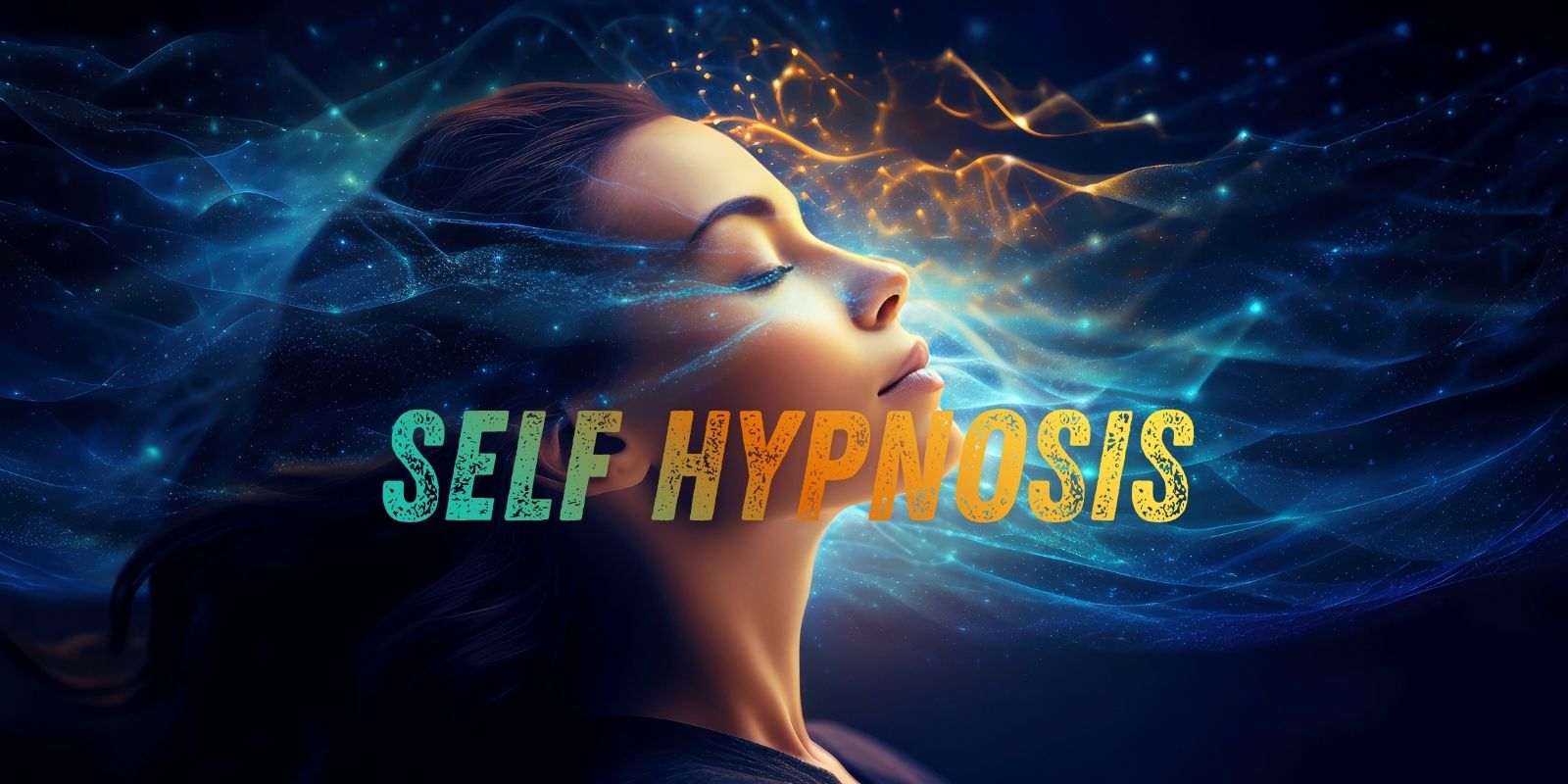The Transformative Practice of Self Hypnosis: Empower Your Mind, Change Your Life
Self hypnosis is a practical, evidence-informed skill that gives you direct access to the subconscious so you can shift habits, reduce stress, and build lasting inner resources. It sits between meditation and guided therapy — simple to learn yet powerful when practiced consistently. Rather than forcing willpower, self hypnosis helps you rewire automatic patterns through calm intention, sensory rehearsal, and repetition.
With short, steady practice you create reliable internal tools — calming anchors, sensory-rich visual sanctuaries, and targeted affirmations — that support better sleep, improved focus, emotional balance, and healthier habits. This method is safe for most people and highly adaptable to personal goals.
Table of Contents – Self Hypnosis
- Understanding Self Hypnosis
- What to Expect in Early Sessions
- How to Enter Self Hypnosis
- Core Techniques
- Integrating Practice into Daily Life
- Benefits & Limitations
- Key Takeaways
- FAQs
- Your Next Steps

Understanding Self Hypnosis
Self hypnosis is an intentional process of entering a relaxed, focused state to deliver helpful suggestions directly to your subconscious. In this receptive state your analytical mind relaxes its grip and habitual responses become easier to update. Practitioners use it to manage stress, improve sleep, change habits, and enhance performance. This internal approach supports change that feels gradual and self-owned rather than forced.
Clinical institutions increasingly recognize the technique for its practical applications. For a clinician-oriented overview that explains uses, safety, and simple techniques, see the Cleveland Clinic’s guide to self-hypnosis which frames the practice in medical terms and provides reassurance for beginners. That resource is useful if you want a trusted, clinical reference as you learn.
At its core, self hypnosis trains attention. Repeated practice strengthens your ability to hold calming images and present-tense statements in mind, which gradually reshapes subconscious scripts. Because the change originates internally, outcomes are often more sustainable and integrate naturally into daily life.
What to Expect in Early Sessions
First sessions typically feel like a restful focus — not sleep, but relaxed alertness. You’ll notice slower breathing, a softer jaw, and a quieting of inner chatter. Some people experience visible calm after a single session, while deeper habit shifts develop with consistent repetition over weeks. Short, regular sessions produce better results than occasional long ones.
Physically, sensations such as warmth, gentle heaviness, or tingling are common as tension releases. Mentally, thoughts may appear but pass more easily. These normal variations simply reflect individual styles of entering trance; none indicate failure. Keep expectations modest and practice consistent to build confidence.
For practical beginner steps and safety guidance, Healthline’s clear introduction to self-hypnosis provides easy-to-follow exercises and examples. Using such a trusted, user-friendly guide alongside your practice helps you start responsibly and effectively.
How to Enter Self Hypnosis
Begin in a quiet, comfortable space where interruptions are unlikely. Sit with back support if you want to avoid drifting into sleep. Use slow, deliberate breaths as your anchor, letting each exhale soften your body. This breath-based cue shifts the nervous system toward the parasympathetic state, preparing your mind for induction.
Choose a gentle induction such as progressive relaxation or the staircase descent. Progressive relaxation tightens then releases muscle groups to create contrast and awareness. The staircase technique imagines stepping down, counting each step to deepen focus. Both methods reduce analytical interference and increase receptivity.
When receptive, introduce concise, present-tense suggestions that feel believable to you. Instead of “I will never be anxious,” use “I feel calmer and centered in social settings.” Finish every session with a clear return routine — count up, visualize ascending the staircase, or take a few energizing breaths — so you re-enter daily life grounded and alert.
Core Techniques – Self Hypnosis
Progressive Relaxation builds the bodily foundation for trance. Systematically tense and relax muscle groups from feet to head to deepen relaxation and enhance body awareness. Adding sensory imagery — warm light dissolving tension or waves carrying stress away — magnifies the effect and primes your subconscious to accept suggestions.
Visualization creates an inner sanctuary you can return to reliably. Populate it with sensory detail — temperature, texture, ambient sounds, and scent — then rehearse desired outcomes inside that space. The brain responds to vivid imagined practice much like real practice, so consistent visualization strengthens neural pathways that support real-world change.
Affirmations work best when short, present-tense, and believable. Pair them with relaxed breathing and imagery to bypass conscious resistance and lodge new beliefs deeper into the mind. For practical daily access, set an anchor — a simple gesture like thumb-to-forefinger — while in a deeply relaxed state so you can prompt calm or focus on demand.
Combining these techniques increases retention: use progressive relaxation to enter trance, visualize your sanctuary, repeat targeted affirmations, and establish an anchor before finishing. This layered approach provides a dependable routine you can use for sleep, confidence, habit change, or performance work.
Integrating Practice into Daily Life
Micro-practices turn formal sessions into lasting habits. Use a one-minute breath anchor before a stressful call, activate your anchor before a workout, or visualize calm briefly before bed. These tiny, consistent acts accumulate into meaningful change by reinforcing new neural patterns throughout your day.
Recordings and short reinforcement tracks help maintain momentum between formal sessions. Learning to craft brief scripts gives you independence and ensures the suggestions match your personal goals. If you’re addressing a specific habit like nicotine dependence, pairing self hypnosis with a structured programmed such as the Quit Smoking Hypnosis course can significantly increase success through combined therapy and self-practice.
For practitioners who want to explore deeper states, structured experiences that expand awareness can be complementary. The Quantum Consciousness Encounter offers a guided framework some people integrate with regular practice to deepen resilience, introspective clarity, and mental flexibility.
Benefits & Limitations
Self hypnosis supports a wide array of improvements: reduced anxiety, better sleep, stronger concentration, and improved habit control. Because it works by rehearsing new responses in a safe mental environment, healthier choices become increasingly automatic and less reliant on willpower. These benefits grow with steady practice and realistic expectations.
Recognize limits: self hypnosis is not a replacement for medical or psychiatric treatment when those are necessary. Individuals with histories of psychosis, untreated bipolar disorder, or severe dissociation should consult a licensed mental health professional before deep hypnotic work. For most people, however, it is a safe, low-risk tool with powerful benefits.
Self hypnosis also pairs well with targeted health programmed. If mindful eating or weight-related change is your goal, integrating practice with a structured programmed like Weight Management Hypnosis can provide clear behavioral frameworks and reinforce sustainable habit shifts.
Key Takeaways
- Self hypnosis is an accessible, safe technique that helps you access the subconscious and create lasting behavioral change through relaxation and suggestion.
- Short, consistent sessions outperform occasional long ones — daily micro-practices build momentum and skill.
- Use a combination of progressive relaxation, visualization, affirmations, and anchors to maximize impact and transfer to real life.
- Self hypnosis complements clinical programmed and targeted supports like smoking cessation or weight-management for stronger outcomes.
- Consult a qualified professional if you have complex psychiatric history; otherwise the practice is widely safe and empowering.
FAQs – Self Hypnosis
Is self hypnosis the same as sleep?
No. Self hypnosis is a state of relaxed, focused awareness. You remain conscious and in control, able to end the session at any time. Many describe it as deeply restful yet alert — similar to being absorbed in a book.
How long until I notice benefits?
Some people feel calmer after the first session, especially regarding relaxation and sleep. For deeper habit changes, expect steady progress across weeks with consistent practice. The key is repetition rather than intensity.
Can anyone learn self hypnosis?
Most people can learn the basics. Responsiveness varies, but methods can be adapted to visual, auditory, or kinesthetic styles. If one technique doesn’t click, switch and experiment — the skill develops with practice.
Are there any risks?
Risks are minimal for most people. However, if you have a history of psychosis, severe dissociation, or other major psychiatric conditions, consult a licensed mental health professional before practicing deep hypnotic work.
Where can I find trustworthy, clinical guidance?
For clinician-oriented safety and applications, consult the Cleveland Clinic guide to self-hypnosis. For clear beginner steps and practical technique examples, see the Healthline introduction to self-hypnosis. These external resources complement practitioner-led training and provide reliable, evidence-informed starting points.
Your Next Steps
Start small and be consistent. Pick one short induction, practice it daily for two weeks, and add brief affirmations tied to a simple anchor. Track small wins — calmer nights, fewer cravings, clearer focus — and adjust scripts as you learn what resonates. Over time these inner changes ripple outward, shaping behavior in a way that feels natural and owned.
